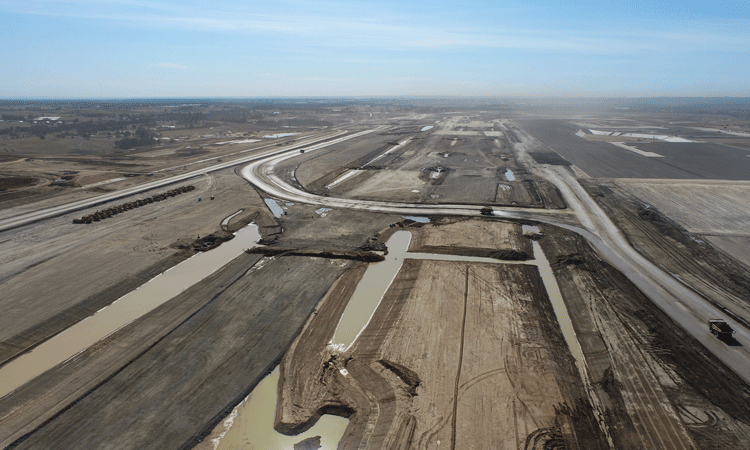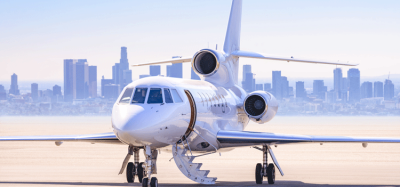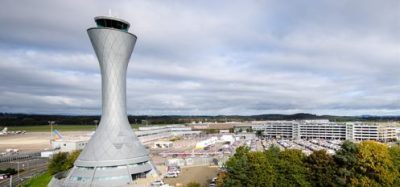Western Sydney Airport to offer a faster passenger travel experience
- Like
- Digg
- Del
- Tumblr
- VKontakte
- Buffer
- Love This
- Odnoklassniki
- Meneame
- Blogger
- Amazon
- Yahoo Mail
- Gmail
- AOL
- Newsvine
- HackerNews
- Evernote
- MySpace
- Mail.ru
- Viadeo
- Line
- Comments
- Yummly
- SMS
- Viber
- Telegram
- Subscribe
- Skype
- Facebook Messenger
- Kakao
- LiveJournal
- Yammer
- Edgar
- Fintel
- Mix
- Instapaper
- Copy Link
Posted: 21 September 2021 | International Airport Review | No comments yet
Western Sydney International Airport will introduce new technology and innovative design to speed up passenger movements, setting a new benchmark for Australian air travel.


Credit: Western Sydney International Airport
Cutting-edge technology and innovative design will come together on the airfield at Western Sydney International (Nancy-Bird Walton) Airport (WSI, IATA: SWZ) to set a new benchmark for air travel in Australia.
Construction of the 3.7km runway and rapid-exit taxiways will begin in 2022 after the contract to design and build the airfield at Sydney’s new airport was awarded to the CPB Contractors and ACCIONA joint venture, following a competitive procurement process.
Simon Hickey, Western Sydney Airport CEO said the efficient airfield design, enabled by the latest technology, will reduce taxi times, preventing delays on the tarmac that can be frustrating for passengers and costly for airlines.
“Our airfield’s design means we’ll safely get planes in the air or to the gates faster,” commented Hickey.
“At Western Sydney International, we’ll get passengers on their way sooner, whether that’s getting to your meeting on time or arriving home to loved ones.
“Passengers and airlines will love using Western Sydney International because the experience we deliver will be seamless, safe and reliable from start to finish.”
WSl’s runway will handle the full range of commercial aircraft, including the new generation of ultra-long-haul airliners like the A350-1000 and Boeing
WSI will be the only airport in Sydney equipped with a modern CAT Ill-B instrument landing system.
“Western Sydney International will continue operating safely in foggy conditions that currently shut down Sydney’s skies,” added Hickey.
“Our airfield will be future-ready, designed for expansion with consideration for emerging technologies such as electric aircraft.”
Sustainability will remain a key focus on the airfield, as well as in the terminal, with the efficient design reducing fuel burn and emissions. Lighting will be LED with recycled content used where appropriate for construction.
Crushed sandstone from tunnelling projects across Sydney will be reused as a high-strength foundation to support construction of the runway, taxiways, and roads.
Along with the runway and taxiways, airfield construction will include more than 40km of roads and the installation of 3,000 aeronautical ground lights.
It also includes 90km of power and fibre optic cabling to electrify the airport and enable the delivery of tomorrow’s technology to what will be Australia’s new gateway to the world.
Airfield construction is expected to create around 1,200 direct jobs and support many more indirect jobs through flow-on benefits to suppliers, subcontractors, and the local economy.
Western Sydney International is on track to open to international, domestic and air cargo services in late 2026.
Related topics
Air freight and cargo, Airport construction and design, Airport development, Airside operations, Digital transformation, New technologies, Passenger experience and seamless travel, Runways and pavements, Workforce


















